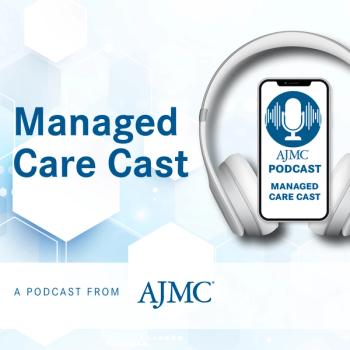
Contributor: Destigmatizing Ketamine for Legitimate Pain Use
Ketamine has been safely used as an anesthetic in the hospital environment for years, but with the proper training, it can also be administered by a medical professional in a clinical setting to provide pain relief.
Some unorthodox and novel treatments, such as ketamine, have been stigmatized in the medical community because of their potential for abuse. This stigma prevents patients from receiving care with potential relieve their pain in life-changing ways. Yet, despite the opposition, medical professionals continue to advocate for the use of these treatments to benefit their patients.
As a dissociative anesthetic, ketamine works primarily by distorting the patient’s sensory perceptions. This is in contrast to how other classes of analgesics work—like nonsteroidal anti-inflammatory drugs (NSAIDs) or opioids—by targeting inflammation or inhibiting pain messages sent to the brain. Although ketamine can have some of these same effects, albeit to a lesser extent, it still has a profound ability to provide pain relief to patients, especially to those for whom other treatments have proven ineffective.
Traditional Uses of Ketamine
Ketamine is approved by the FDA for use in the emergency department or hospital setting, where it has been used for decades as an anesthetic or a treatment for pain. However, off-label ketamine use has only recently begun in the outpatient clinical setting. Under the guidance of physicians or other highly trained medical professionals—such as nurse practitioners, certified registered nurse anesthetists, and physician assistants—ketamine can treat various conditions that do not respond to other forms of treatment.
Much of why these novel applications of ketamine therapy have not been embraced widely lies in the widespread stigma that it is a dangerous and addictive drug. Although there are some psychological addictive qualities to ketamine, it is not physically addictive. It is significantly less addictive than many commonly prescribed opioids and perhaps even less so than alcohol or nicotine. When used under the guidance of a qualified medical professional, the potential for abuse is extremely low.
Using ketamine therapy as an off-label treatment for chronic pain conditions has the potential to provide patients with the
How Ketamine Works as an Off-Label Pain Treatment
Over time, long-term pain can become resistant to other analgesics like opioids. This resistance is what causes dependency, severe physical addiction, and the need for higher dosing. In many ways,
Ketamine can also be used as a treatment in patients suffering from central sensitization disorder, in which patients experience physiologic changes in the pain pathways. This disorder can cause sensations that would otherwise seem mild or moderate to instead feel far more severe. Given that the source of this pain is the changed pain pathways, opioids and NSAIDs aren’t effective forms of treatment for this condition.
Additional Opportunities for Ketamine in Clinical Use
Medical professionals have also begun to study the possibility of using ketamine therapy for patients suffering from
Ketamine has been safely used as an anesthetic in the hospital environment for years, but with the proper training, it can also be administered by a medical professional in a clinical setting to provide pain relief or as a treatment for depression in severe cases. Opening up the doors to this form of treatment will benefit patients for whom other forms of treatment have proven ineffective.
Any form of analgesic has some risks associated with its use, and ketamine is no exception. However, when used under the guidance of a trained professional, the potential dangers of ketamine therapy can be heavily mitigated—if not outright eliminated. It is time to look beyond the historic stigmas associated with ketamine, and for medical professionals to recognize its potential benefits for their patients.
Newsletter
Stay ahead of policy, cost, and value—subscribe to AJMC for expert insights at the intersection of clinical care and health economics.







































